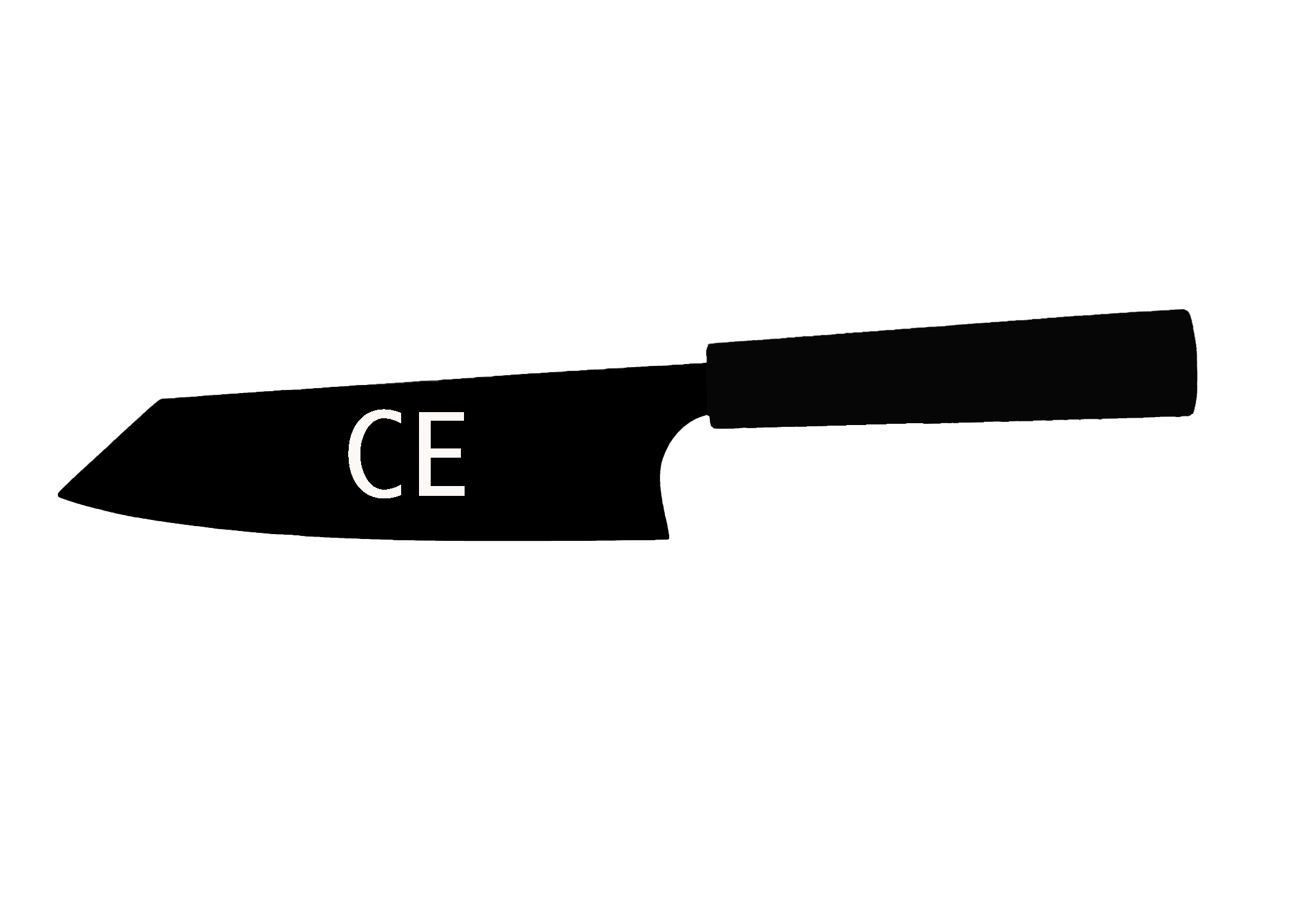
Cutting Edge
Knife Sharpening and Repair
in Olney, MD.
Services
Sharpening and Repair

Large Knife Sharpening………………….$11
Longer than 5.5″

Small Knife Sharpening…………………..$9
5.5″ or shorter

Serrated Knife Sharpening…………………..$15
Larger serrations only (as shown)

Scissor Sharpening…………………….$15
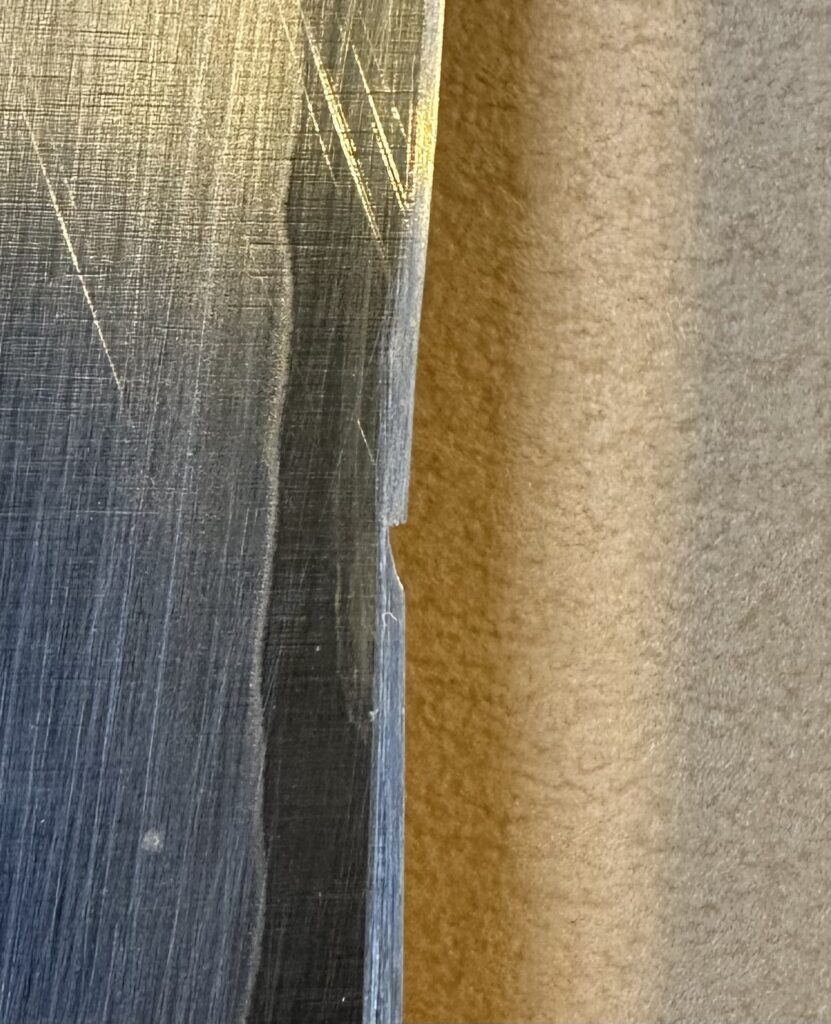
Repair…………………………..$40
Broken tips and chipped cutting edges
Instructions
How to drop off and pick up
Address: 18612 Queen Elizabeth Drive, Brookeville, MD 20833
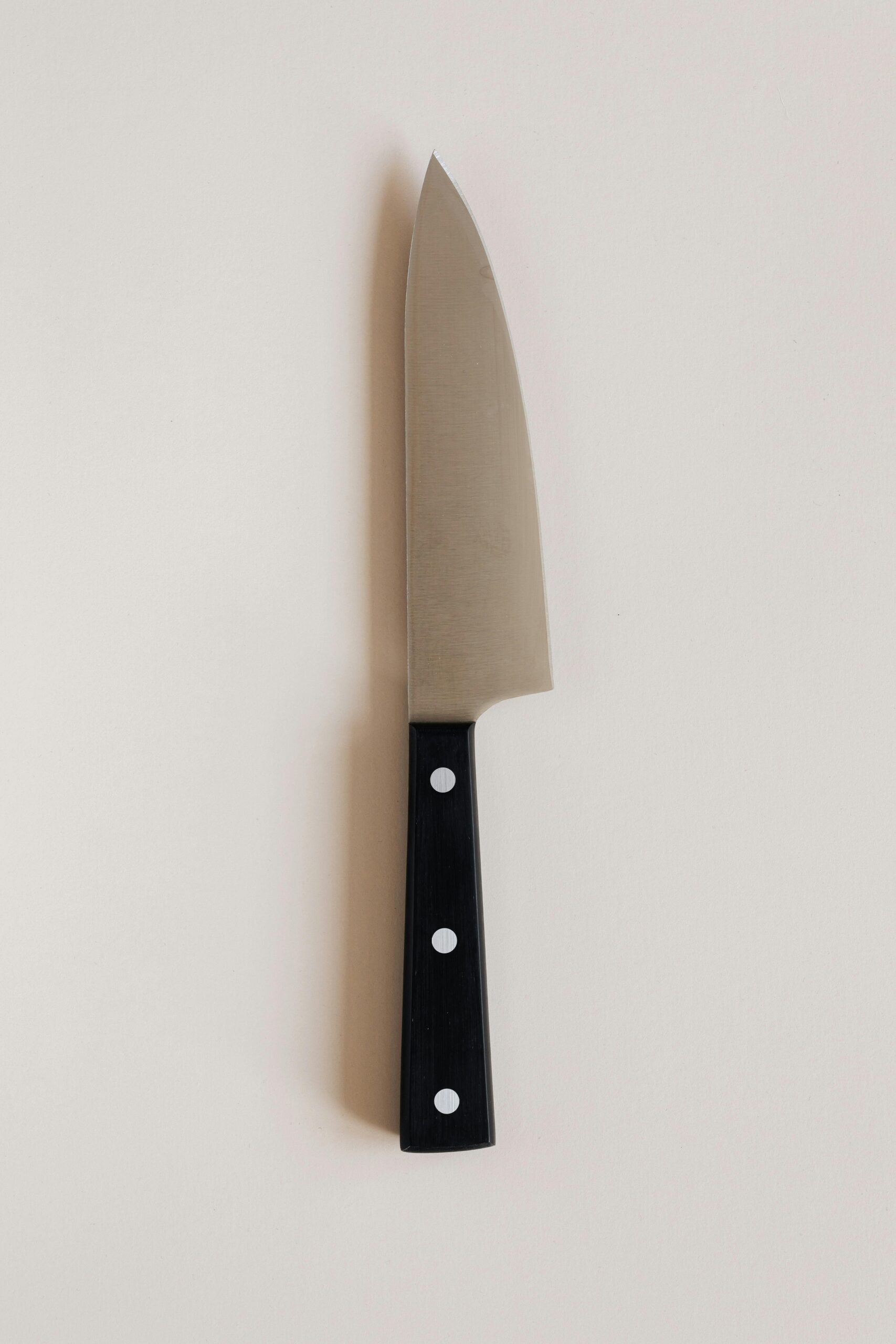
Drop Off & Pick Up
Knives can be placed in the dropbox on our front patio or handed to us directly.
We will contact you when your knife is ready to be picked up.
We will always complete the work within 24 hours of drop off.
Feel free to call, text, or schedule at the link above.
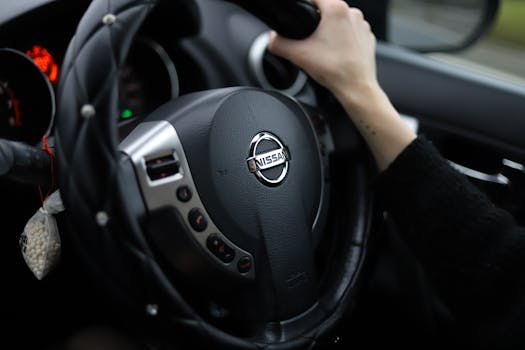
We come to you
For a fee of 20$, we will pickup and drop off your knives right to your door*
For first time customers, this service is on us (minimum 4 knives).
Please expect a 24 hour turnaround.
*Addresses in Brookeville, Olney and Rockville
Process
How we sharpen your knives.
All knives are sharpened by hand up to 2000 grit on Shapton Professional Japanese whetstones, and then honed with diamond stropping compound to a razor sharp edge. We will always be sure to remove as little material as possible to ensure longevity and maintain performance of your knives.
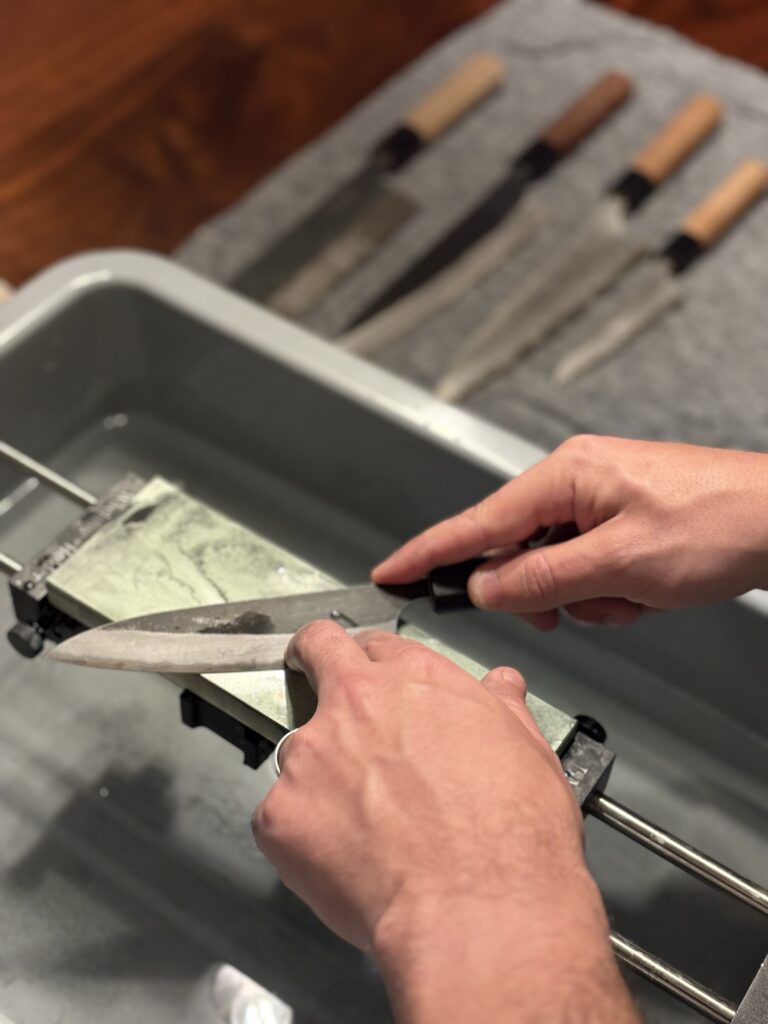
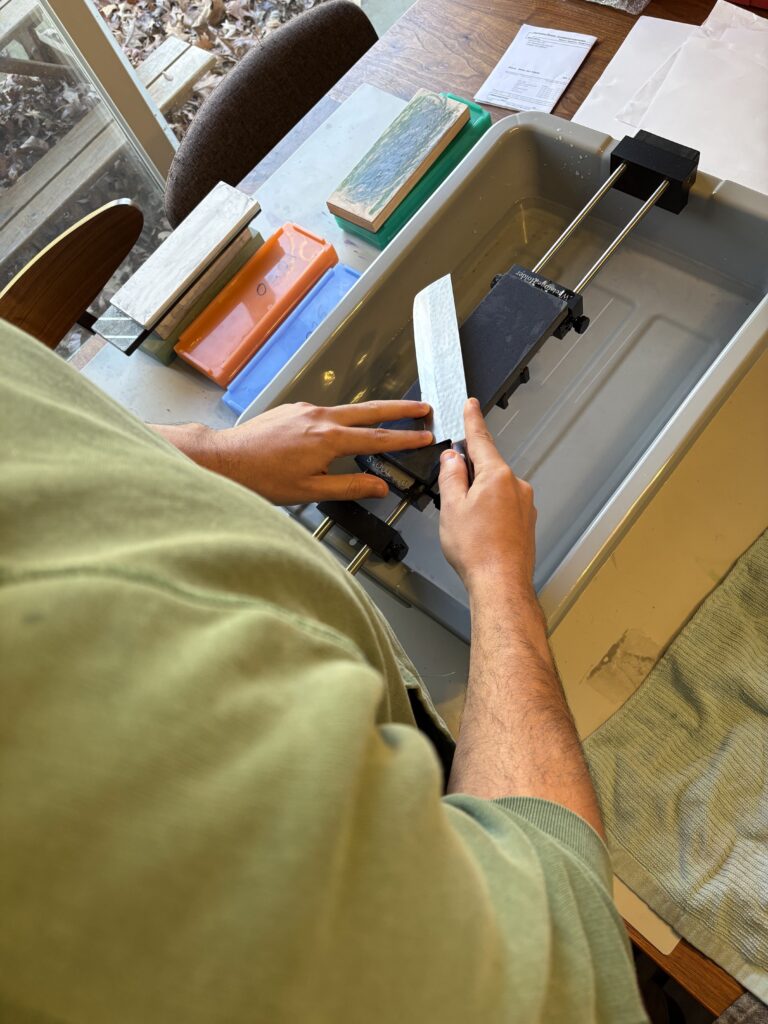
Pay
We accept Zelle, Venmo, Cash and Check.
Zelle
Send payments to (301) 928-4656 with the note “Cutting Edge.”
Cash
Place cash in your container at drop off, or hand it to us directly at pickup!
Check
Make checks payable to Daniel Mervis with the memo “Cutting Edge.”
Credit Card
Coming soon!
FAQ
How can I keep my knives sharp?
It is always recommended to use softer cutting board materials like wood or plastic. Cutting on glass, stone, and ceramics will immediately ruin your edge and decrease the longevity of your knives. Also, NEVER put your knives in the dishwasher if you want to maintain your edge!
How do you sharpen the knives?
All knives are sharpened by hand up to 2000 grit on Japanese wetstones and then polished with diamond stropping compound to a razor sharp edge. We will always be sure to remove as little material as possible to ensure longevity and maintain performance of your knives.
Why do I need sharp knives? Aren’t they dangerous?
No! Sharp knives are actually safer than dull knives. Dull knives require more force to get through food which can lead to the edge slipping and catching your fingers. A sharp edge will effortlessly go through the food, leading to a more pleasant and safe cooking experience.
How often should I sharpen my knives?
Knives only need to be “sharpened” every 6 months to a year if you are using a soft cutting board (no glass, stone, or ceramic) and honing occasionally. Using a cutting board made out of a material harder than your knives will drastically decrease the life your edge.
What is honing?
Honing realigns the tip of the edge to keep it cutting smoothly without removing any material, and is done on a honing rod. Sharpening on the other hand, grinds away a very small amount of metal on both sides of the edge. Honing is best done regularly to maintain sharpness, while sharpening is needed only when a knife has become dull, and honing does not make a noticeable difference. If you own Japanese or Japanese style cutlery, they likely use a harder, more brittle steel that doesn’t respond well to honing and may actually chip the edge of the blade. In that case, stropping on a piece of leather or cork will work to re-align the edge.
Will my knives be sharp enough to play real life fruit ninja?
Yes, but legally we can’t recommend you do this for safety reasons. But yes.
Reviews

Bring your butter knives by! We love a challenge.
About

Daniel has had a passion for cooking for as long as he can remember. After he moved out of his parents house and had his own kitchen, his love of cooking and buying cool gadgets merged when he purchased his first Japanese chef knife. His collection has grown since then, as has his ability to care for his knives and keep them wicked sharp. The idea for this business came to Daniel while on vacation, and staying at an Air BnB cooking dinner for his in-laws. He was making bruschetta, and mangling tomatoes with a dull knife on a small glass cutting board when he finally had enough. Dull knives are frustrating, and no one should have to live with them. By day, Daniel is a cyber defense analyst for the NIH. If he wasn’t protecting networks for a living, he’d probably be working in a professional kitchen somewhere continuing to hone his culinary skills.


